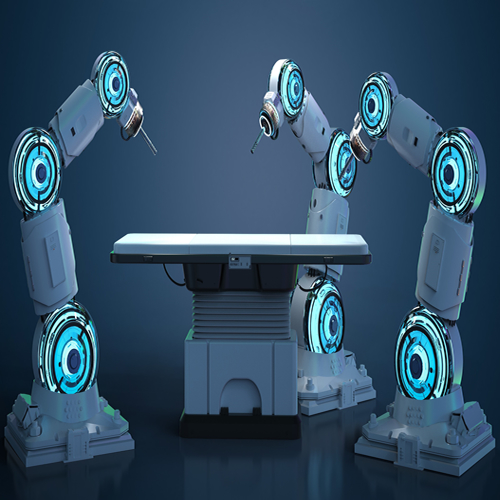Key points from article :
Researchers at the University of Utah have developed a robotic surgery device designed to assist with delicate retinal procedures, offering surgeons enhanced precision. The device, mounted directly onto a patient's head using a helmet, compensates for natural head movements while eliminating hand tremors through a specialized haptic interface. This allows surgeons to perform intricate eye surgeries with movements as small as one micrometer—smaller than a human cell.
The robot has the potential to significantly improve outcomes for patients undergoing advanced treatments such as gene therapy for inherited retinal diseases. These therapies require precise injections between tiny cell layers in the eye, a challenging task even for experienced surgeons. Initial tests using pig eyes demonstrated the robot’s ability to enhance surgical accuracy while minimizing complications. The study, led by mechanical engineering professor Jake Abbott and retinal specialist Paul S. Bernstein, was published in Science Robotics.
One of the most promising aspects of this technology is its potential to allow certain retinal procedures to be performed under intravenous (IV) sedation instead of general anesthesia, making surgery safer and recovery faster for some patients. As researchers continue refining the device, interdisciplinary collaboration between engineers, ophthalmologists, and medical researchers at the University of Utah will be key in bringing this innovation from the lab to clinical practice.






